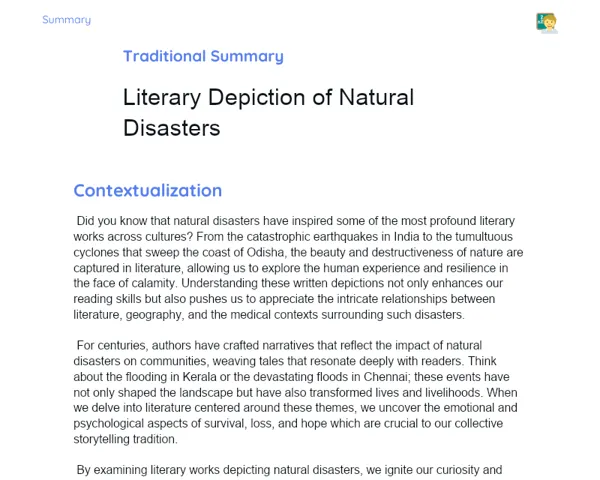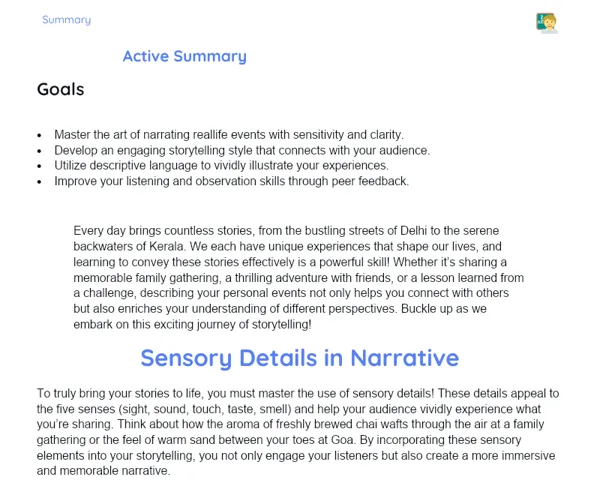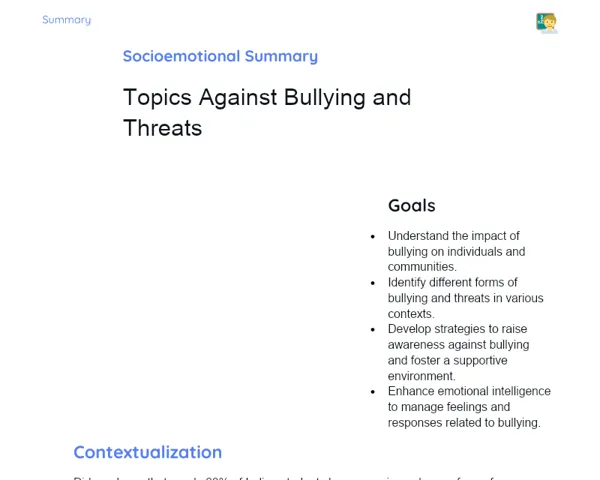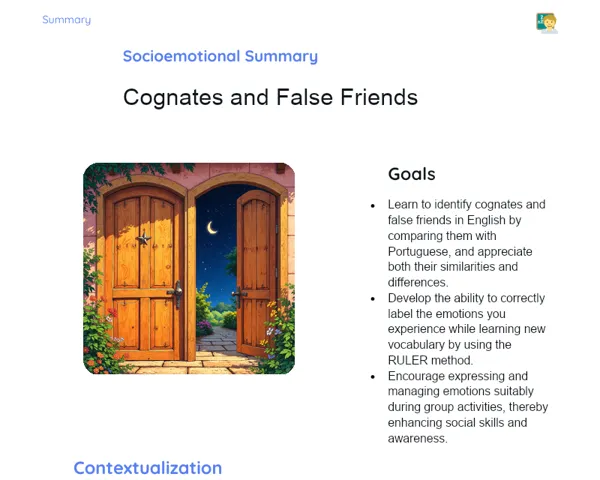In a vibrant village nestled between lush green fields and shimmering rivers, there lived a spirited girl named Aditi. Aditi was not your typical village child; she was visually impaired, yet she had a remarkable ability to perceive the world through her other senses. The aroma of freshly baked rotis wafting from her mother's kitchen, the playful chirping of birds at dawn, and the gentle rustling of the banyan tree leaves were all part of her rich tapestry of experiences. One sunny afternoon, while sitting cross-legged under the ancient banyan tree—known as the heart of the village—she heard the sweet sounds of children reciting poetry. Their voices danced in the air, carrying stories of love, nature, and the very essence of life itself. Aditi was captivated; she desired to touch those words, to feel their rhythm, and to understand the emotions that flowed within each line. But how could she grasp the beauty of poetry with her eyes closed to the pages?
Determined to break through the barriers, Aditi decided to join the village school, where poetry sessions were a much-anticipated event. Eager to learn, she found herself among her friends, who giggled and discussed the verses they had read. It was here that a compassionate teacher named Mr. Verma noticed Aditi's enthusiasm and offered her the key to a new world: Braille. With kindness in his eyes, he explained, 'Aditi, each braille cell consists of six tiny dots arranged in different patterns. When you touch them, they whisper letters and words, and together they weave the magic of poetry!'
Aditi's heart fluttered with excitement as she embarked on this unfamiliar but exhilarating journey. She spent many afternoons with her fingers gliding over the textured dots on the Braille paper, a feeling akin to discovering a new language that spoke directly to her heart. She practiced tirelessly, learning to connect the dots and form words, her fingers becoming more adept with each passing day. One rainy afternoon, with the sound of raindrops tapping a rhythm on her window, Aditi felt ready to read her first poem in Braille. As she traced the lines about cascading rains and blooming flowers, images flooded her mind—vivid scenes of nature's splendour unfolding as a blind painter would create art with sound and touch. Each poem became an adventure, each line a bridge to emotions she had longed to explore.
As the days turned into weeks, the annual village cultural festival approached, and the air was filled with excitement. Aditi seized the moment and chose to perform at the festival, reciting poems she had diligently learned in Braille. The entire village gathered under the starlit sky, their eyes glimmering with anticipation, and Aditi, with her heart racing, stepped onto the makeshift stage. With every word she recited, her voice resonated with confidence, painting vivid images for everyone present. The crowd was mesmerized, realizing that poetry was not merely about visual beauty but rather a symphony of sounds and emotions connecting every listener in a profound way. Aditi's voice carried the essence of her journey—her struggles, her victories, and the beauty of her newfound skills.
Her performance became a turning point for the villagers, who began to understand that the world of poetry was not limited to the sighted. Aditi had transformed her limitations into strengths, and with that, she illuminated the hearts of those around her. Inspired by her courage, many children, including her friends, began to learn Braille, fostering a sense of inclusivity that spread like wildfire through the village. They realized that poetry was a universal language, speaking to everyone through rhythm, sounds, and shared experiences. Aditi had not only learned to read Braille but had woven a beautiful tapestry of connection and creativity, deepening her village’s appreciation for the power of stories and the magic hidden within their symbols.
Thus, under the sprawling banyan tree, as laughter and the sounds of celebration filled the air, Aditi became a beacon of hope, proving that literature could unite hearts, whether through sight or sound. Her journey into the world of Braille poetry inspired everyone, reminding them that the essence of words transcends the physical, inviting all people to explore the beauty in diversity. And so, Aditi's village learned to embrace poetry in a way they had never imagined, all because of one girl’s unwavering passion for sounds and symbols.



